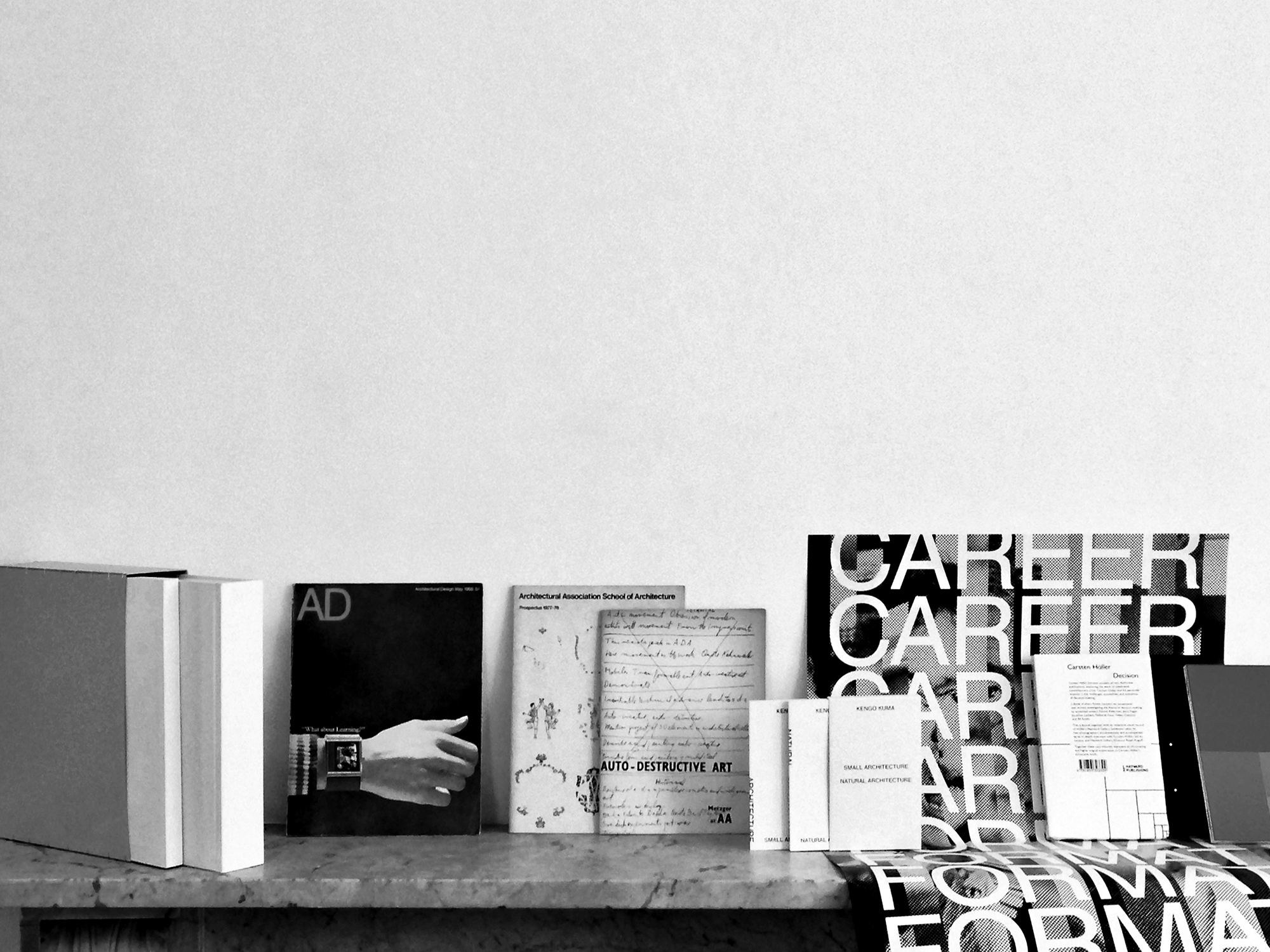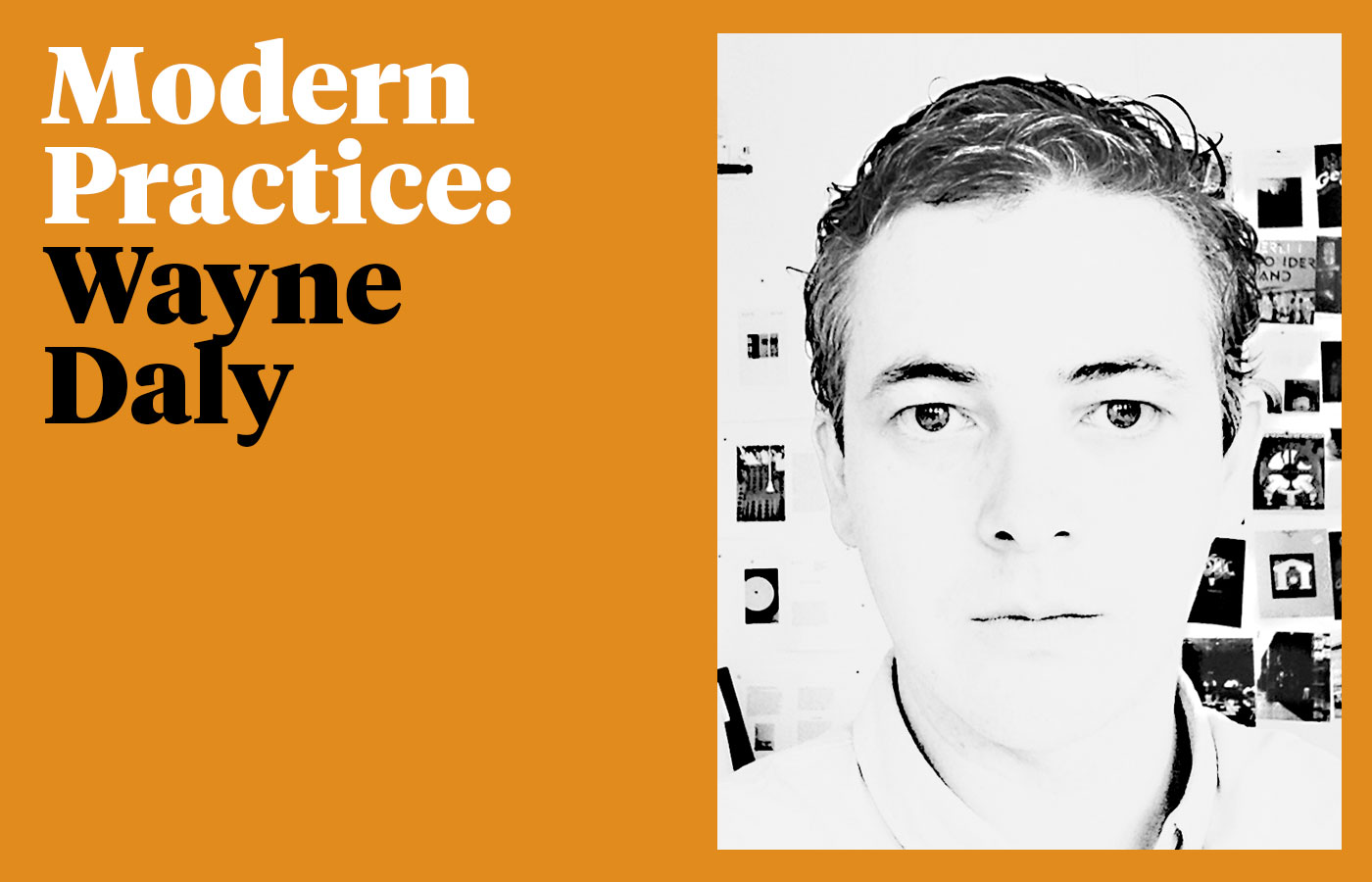What’s your background? How did you get to where you are?
I was born in Kilkenny and grew up in Wexford town (with a stint on the south coast of England in-between). Early interests in graphic design and distribution included making self-published comic books with my friends to sell in school and around the town, and hijacking my mother’s brand new electronic typewriter to typeset illustrated school reports. I designed posters for my older brothers’ band. And otherwise I would fill up sketch pads that my dad would buy me every Saturday with lettering and drawings of packaging. My parents were good about buying me books and encouraging me to read, so I developed an interest in print and publication formats quite early on.
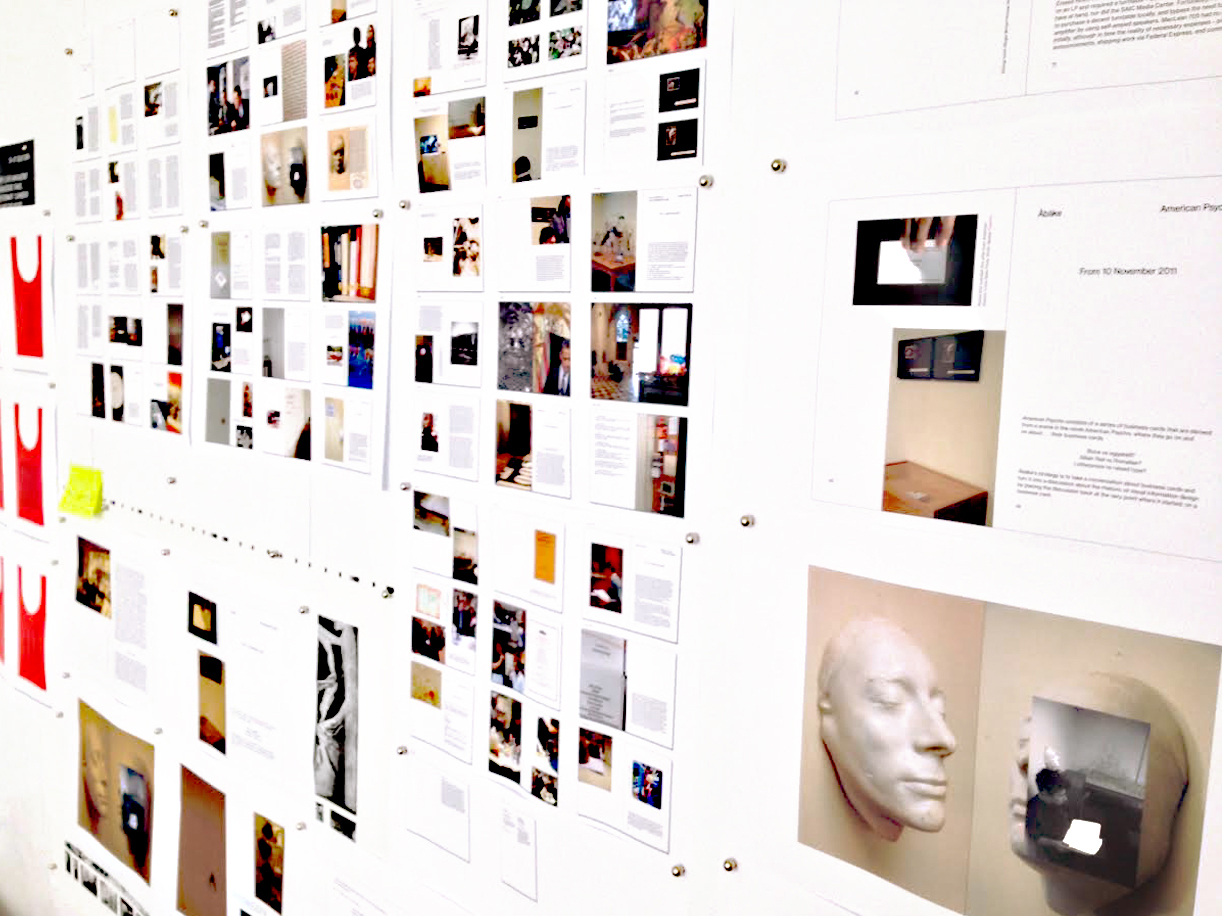
I studied graphic design in Waterford, under the direction of Damien Harrington, and a fantastic team of tutors including Joy Rooney, Nicola Troy, Sheila Naughton, Lorenzo Tonti and Christine Simpson. We also had a great art and design history tutor, Peter Jordan, whose classes helped develop my interest in exploring the transactions between art and graphic design. We were neighbours with the art course, so there was a lot of useful crossover there. Damien was an especially supportive presence, and a very generous person – on my final day there, he insisted on helping me move my piles of work from the campus to my flat, driving back and forth in his Volvo for the afternoon.
Around 1998 or 99, I had a light bulb moment in the college library, reading an Eye Magazine interview with Paul Elliman. Elliman's approach to design practice – open-ended, and heavily invested in research and writing – was, to me, a revelation, contradicting most of what I was seeing and learning about at the time, and exposing me to an entirely different pool of influences. This came at the right time, just as I was finishing my undergrad studies, where I could begin to unpack my formal education and attempt to find other ways of working and producing.
After graduating, I stayed in Waterford briefly, doing bits of work here and there, with some part-time teaching in the college to subsidise my practice. I then had a chance to move to Dublin, where I lived for two years and learned very quickly about the pace and practicalities of daily studio life – an important extension to my education.
In 2003 I headed to London for the MA at London College of Printing (now London College of Communication), partly to take a breath, but with the main intention of developing more of a critical awareness around my work. The course tutors – the late, great Ian Noble, Russell Bestley and Paul McNeil – each guided me in their own unique ways. This was a really tough, often confusing year, but I came away from it with a clearer sense of the kind of work I wanted to pursue, and methodologies to support this, where I could approach ‘design’ as a set of working conditions, rather than simply application of form.
During the LCP MA, Paul Hetherington, at the time the creative director at Nick Knight’s website SHOWstudio, asked me to come in after he’d seen some of my work. I was always impatient to find commissioned work while studying, and this was a good moment for a bit of a departure, to work in an area that was more or less unknown to me. I spent a couple of years there, on and off, working alongside Paul and the site’s editor Penny Martin (now editor of The Gentlewoman), learning about the fashion world, and designing for screen. Peter Saville had his studio and apartment upstairs, so it was nice to bump into him and chat every so often.
All of this has led me to where I am now; I’m based in the Print Studio at the Architectural Association School of Architecture, where I work with two other designers, Zak Kyes and Claire Lyon, and a small team of editors, on the design and production of books for AA Publications, and printed matter for the school; and from where we also operate our imprint Bedford Press. Alongside which, I’m working with various institutions and publishers, including recent projects for Hayward Gallery, Penguin, Sternberg Press and Timothy Taylor Gallery.
How would you define your role / practice right now?
My MA tutors Ian and Russ often spoke about graphic design as only really existing in relation to other disciplines, as a kind of meeting point. I like the idea of the graphic designer as an outlander, situated between, and allying, different areas of knowledge.
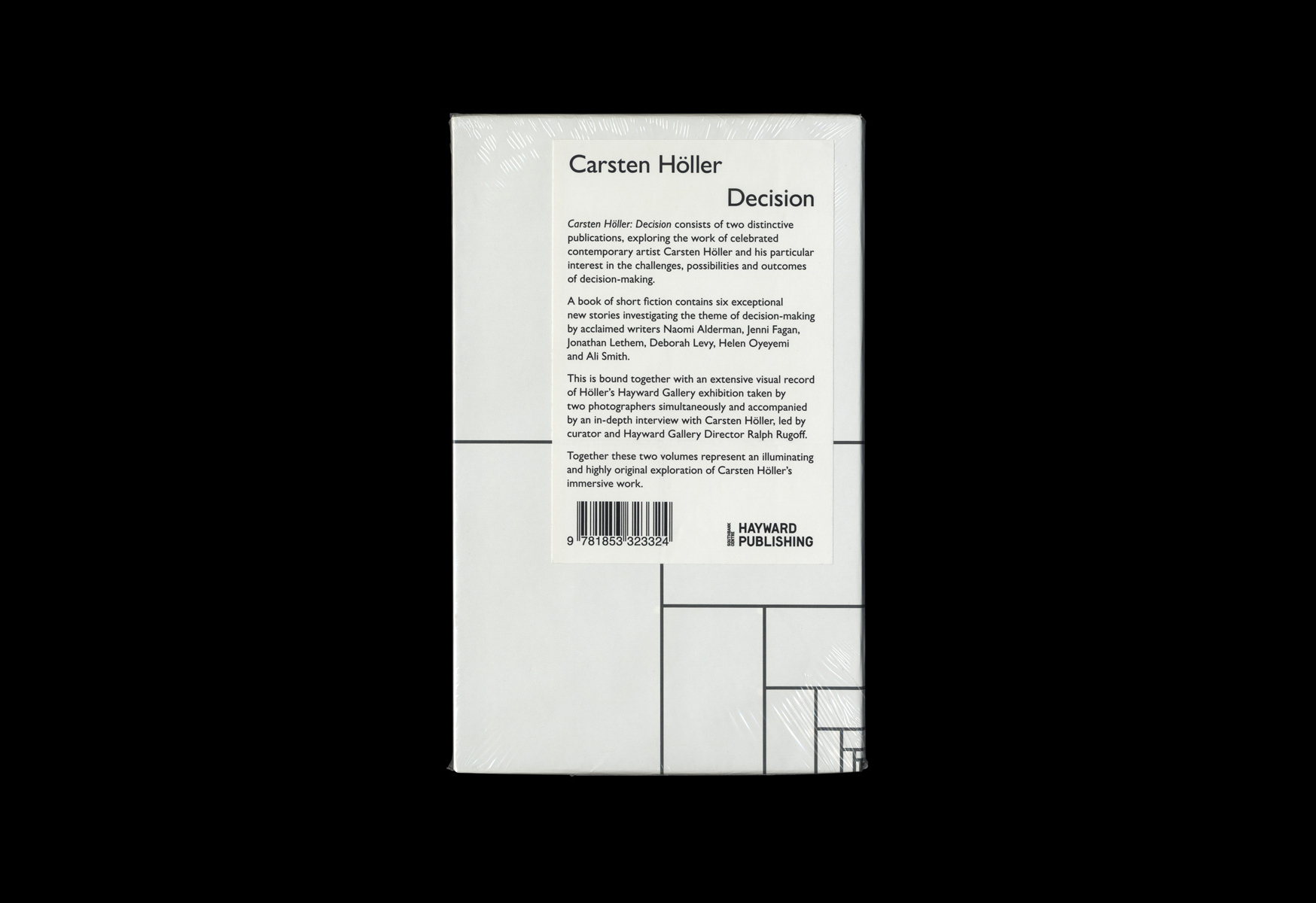
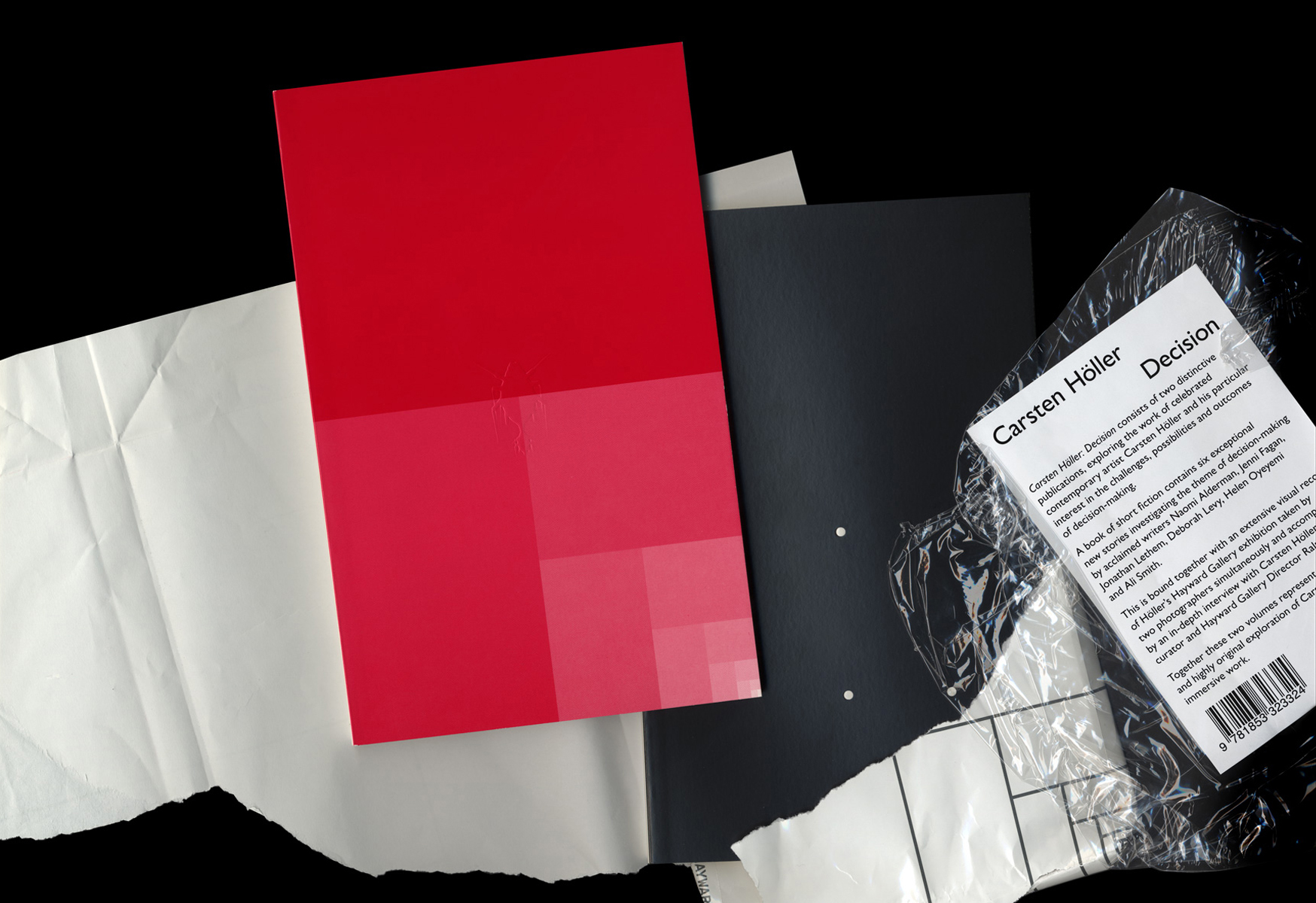
What do you set out to do with your work?
If we talk specifically about publications, then it's to establish, I suppose, their motives, what book and publication formats should be doing; this is an ongoing dialogue. I consider publications as sites of activation and potential, where material can be put to work. I’m less interested in gimmicks; there is a lot of overproduced work out there, stuff designed to within an inch of its life, in the name of originality. I guess I tend the other way, to try and get to some kind of truth. Publications should be urgent and manoeuvrable – those important special touches which elevate a piece of work can be simple, and shouldn’t distract. In his recent book for JRP Ringier, Booktrek, Clive Phillpot sums it up perfectly: ‘Books can be individually worn out; the whole idea is that there is always another one.’ The best publications are modest, useable tools.
What’s your motivation?
Making the next one better than the last.
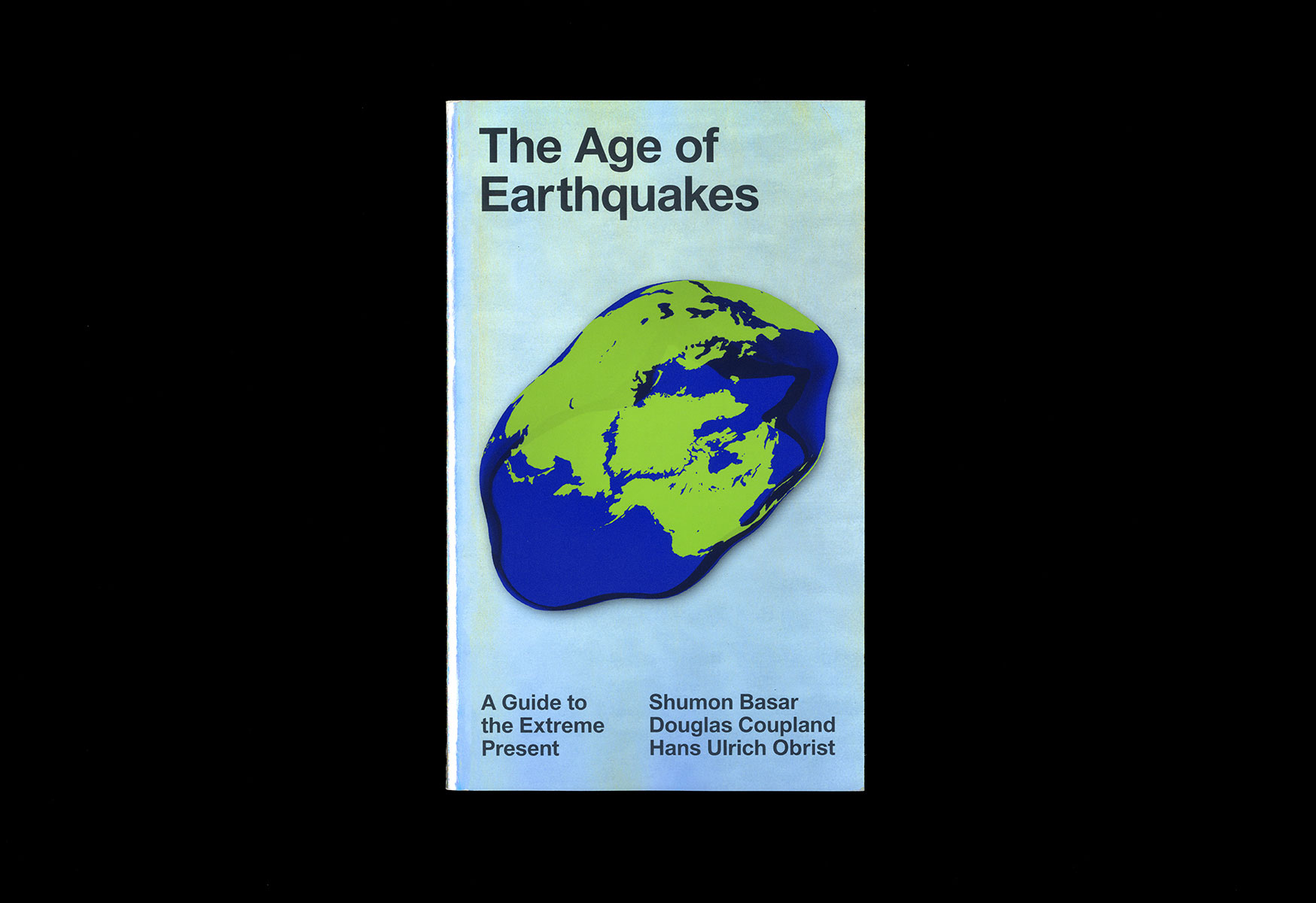
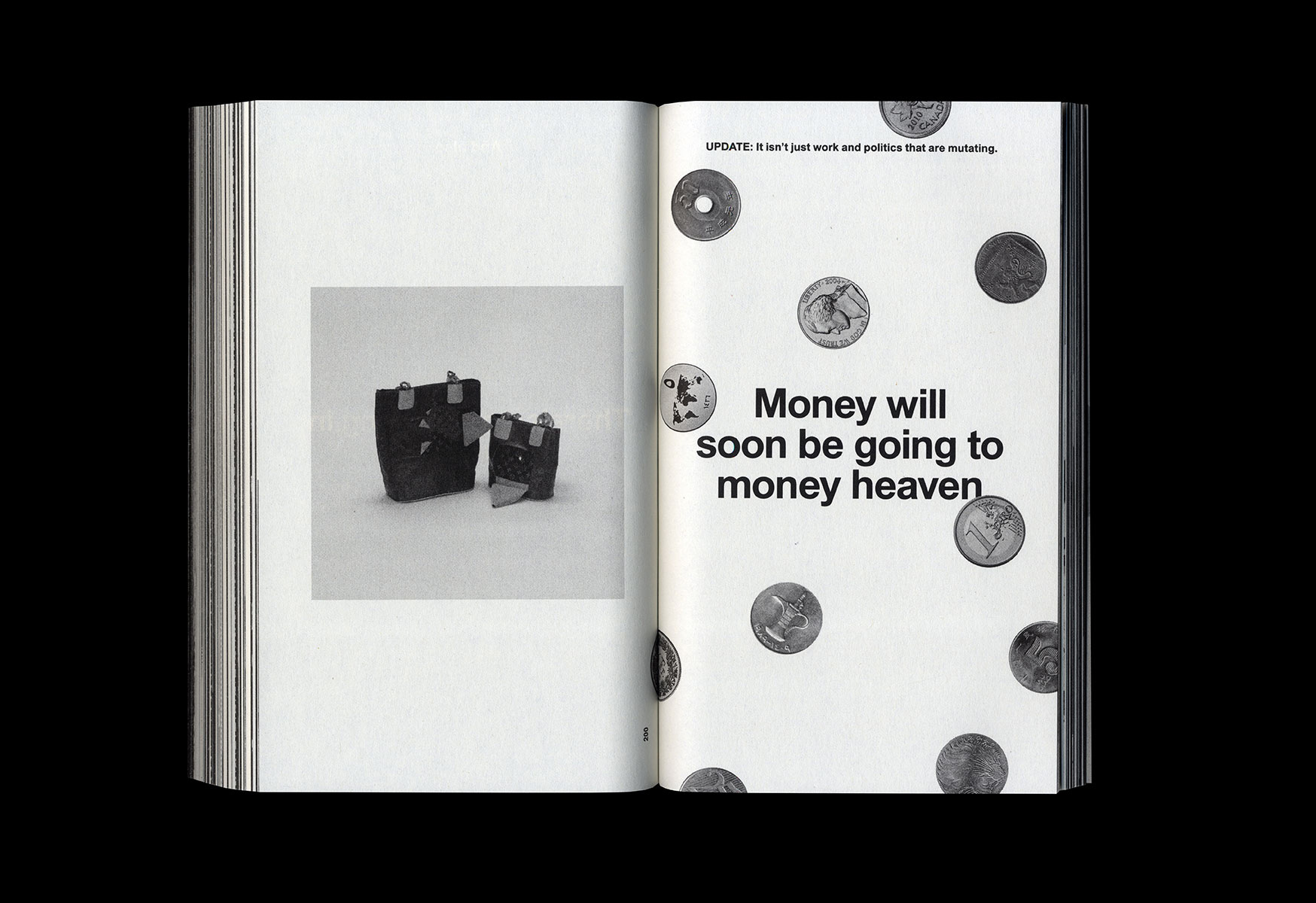
What values do you try and instil in your work?
Those that lie somewhere at the intersection of pragmatism and Catholic self-denial.
What is the main focus of your practice?
The work mostly revolves around book design/production, publishing and ongoing identity work for the AA, as well as projects for various publishers and galleries. In the last couple of years I’ve also been examining ebook publishing as a parallel distribution channel, which I’ve been working on both at the AA and with my own micro-press Precinct, figuring out what position ebooks can take in art and architecture publishing. As a still-emergent format, ebooks have their own set of possibilities and restrictions, both in a design sense and infrastructurally, so it’s interesting to explore these circumstances.
Currently I’m looking forward to getting started on a publishing project for Askeaton Contemporary Arts, an annual art programme and residency in West Limerick, established ten years ago by curator Michele Horrigan and artist Sean Lynch, which directly engages with the town and surrounding locality as a mode of production and display. We’re now exploring ways in which we can mirror and extend this approach in a publication format. I’ve been lucky to work with Sean and Michele on a number of publications in the last couple of years, as well as producing the visual identity for ‘Adventure: Capital’, Sean’s work as Ireland’s representative at the 2015 Venice Biennale.
And next year myself and designer Adrien Vasquez will be curating an exhibition as part of the 27th Brno Biennial, which I can't really speak about just yet…
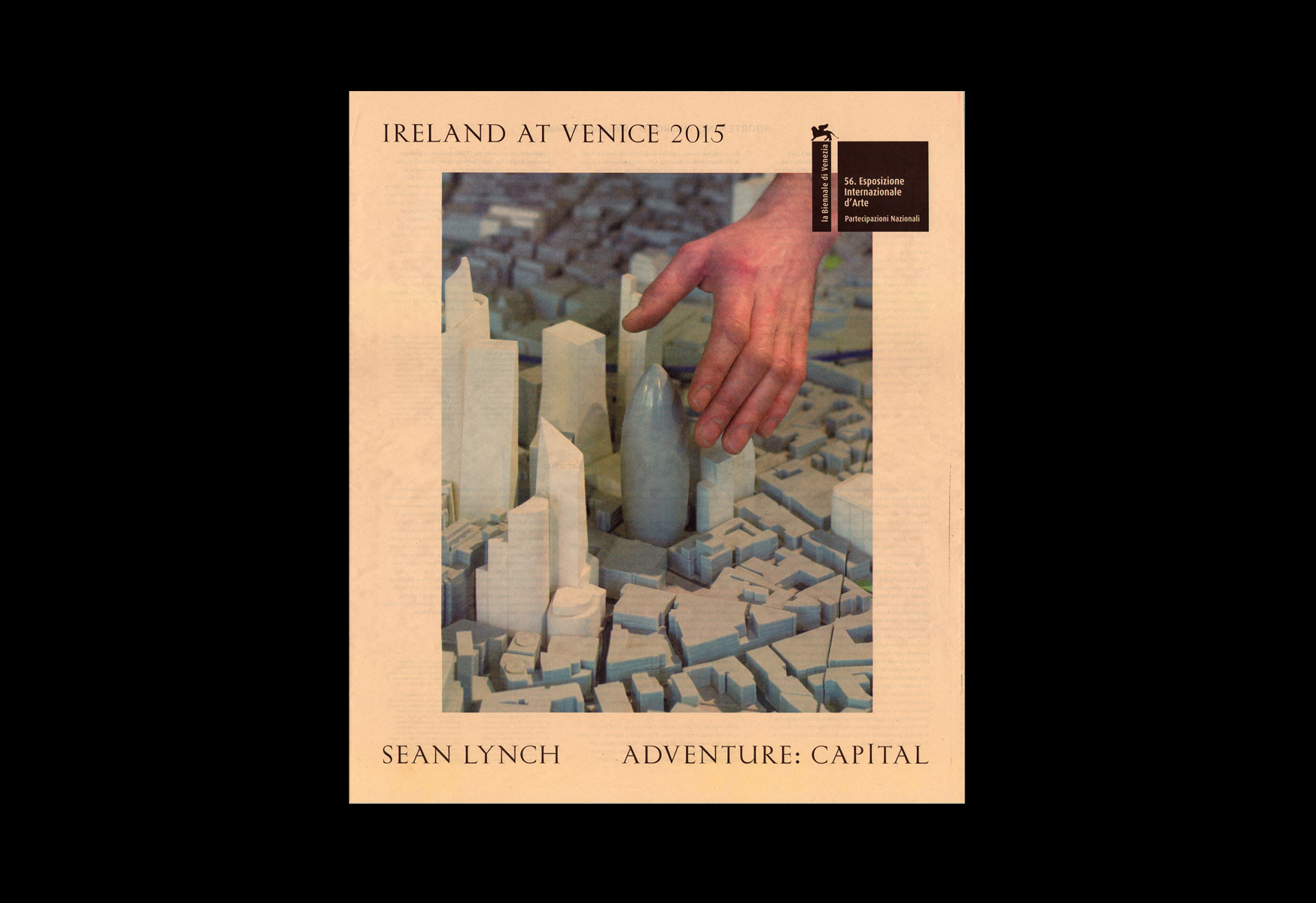
How many projects do you undertake a year?
Taking 2015 as an example, it's going to total around 18 publications (of various scales) by December, plus a lot of posters, exhibition graphics, signage and assorted ephemera – the studio production spreadsheet counts 167 individual jobs since last September.
How long are your timelines?
There isn’t a typical timeline: at the AA, we can get a phone call from somewhere in the school and be given half an hour to design, typeset, proofread, print and hang a poster for a last-minute in-house event. On the other end of the scale, I’m currently designing a book on the complete works of the architect Cedric Price, to be co-published by the AA and CCA Montreal, which has been in progress for around five years, and due for publication this winter. The recent Carsten Höller catalogue for the Hayward was around five months. And the broader visual identity for the AA is a timeline-less, elastic project which is built for new additions and possibilities.
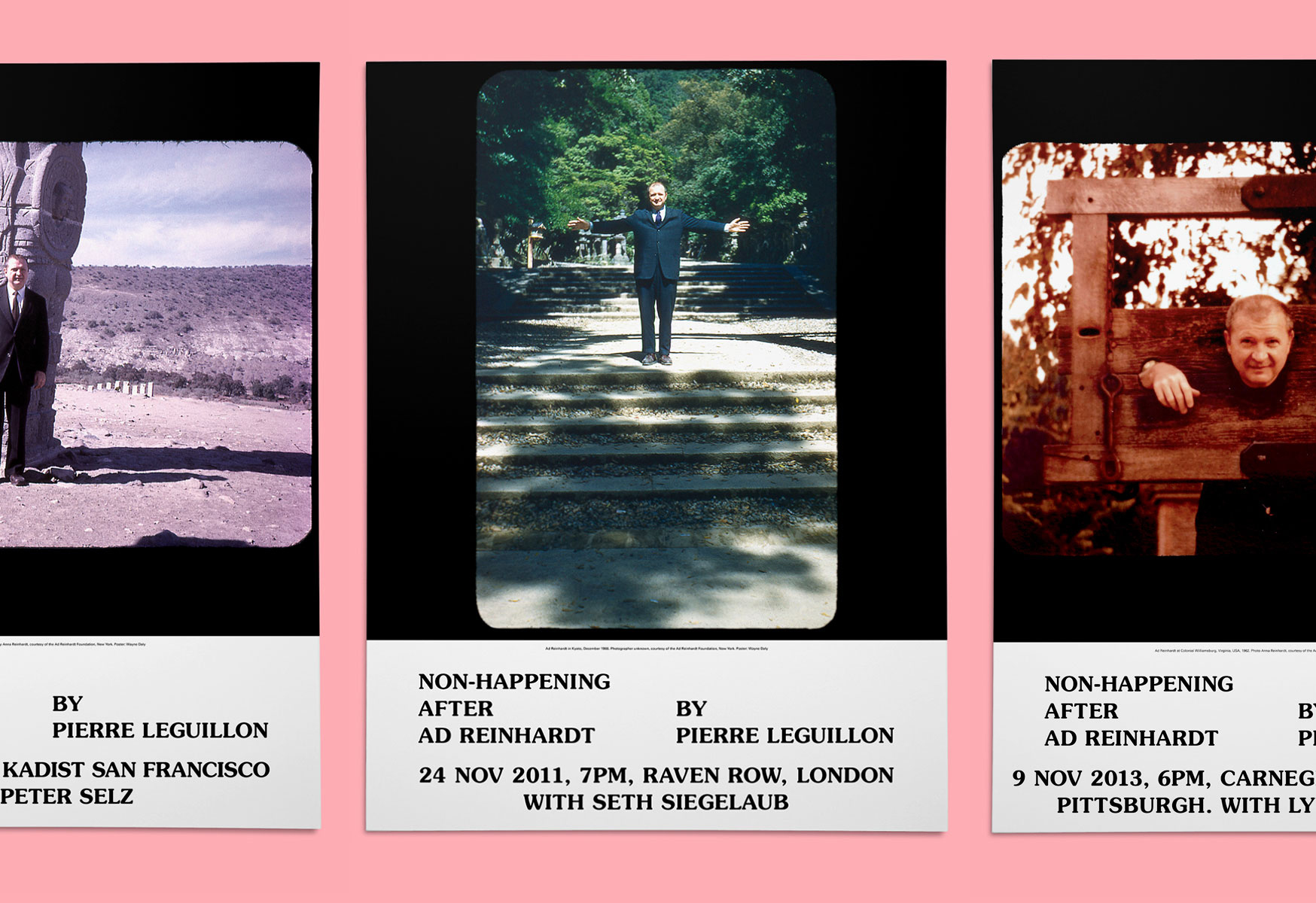
Can you give us a sense of what your working week would be like?
The working week tends to begin on Friday afternoon, reviewing the previous week’s work and scheduling the upcoming week, while allowing the weekend for ideas to settle; I like to begin work immediately on Monday mornings, without the distraction of start-of-week meetings. After that, the rest of the week consists of research, design and production work on any number of projects; meetings with clients, authors and suppliers; phone calls to printers (mainly in Europe); and on occasional weekends throughout the year, I’ll be at an art book fair somewhere in the world (but, again, most likely in Europe).
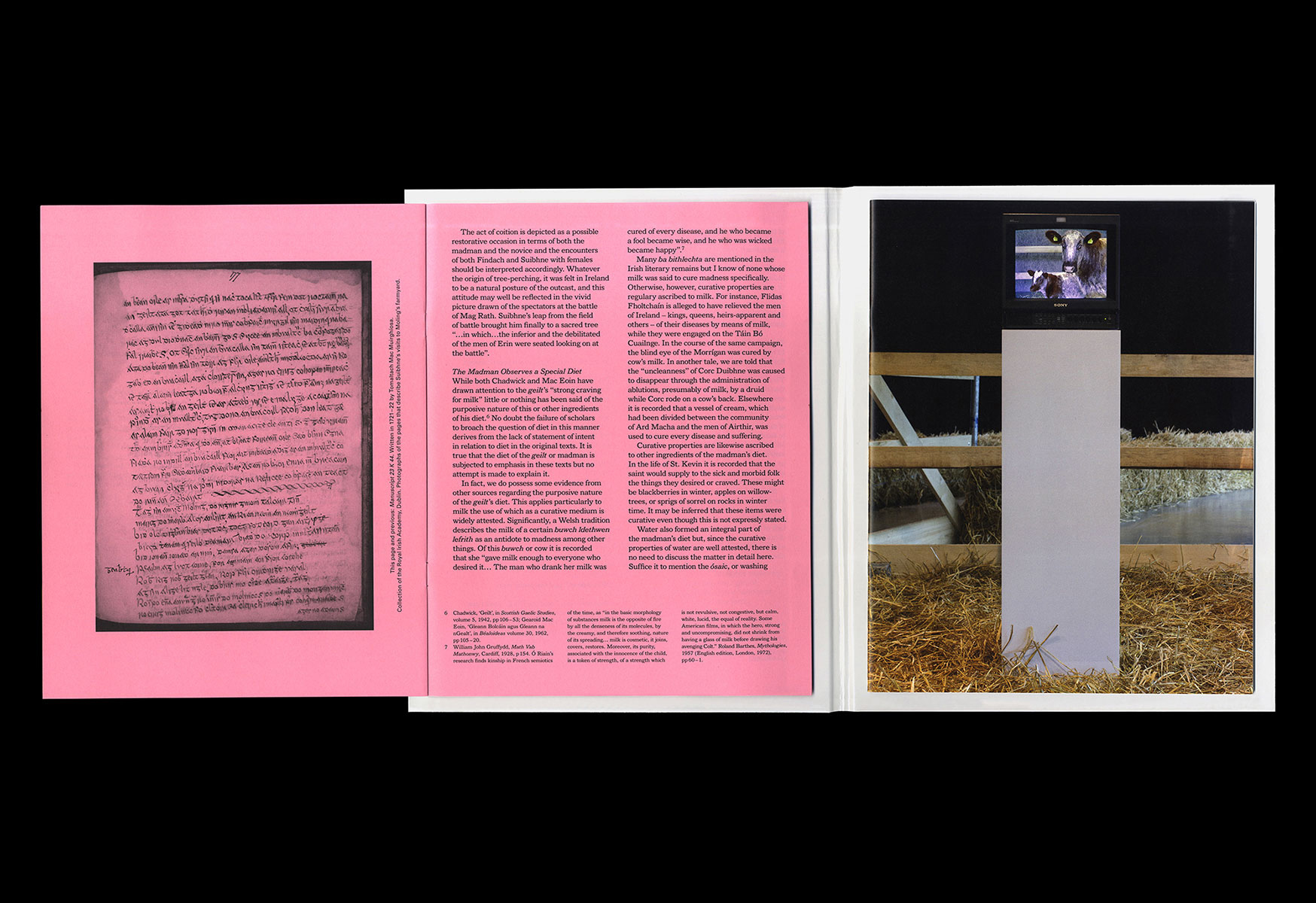
Do the people you work with understand what you do / understand the value?
You might get a more realistic answer if you ask the people I work with but, usually, I think yes. I always try to be clear about what I do and how I work, to avoid misunderstandings. A strange condition I've noticed in much design practice is to minimise client involvement and conversation. I really rely on developing close working relationships. Clients regularly have great ideas – an artist, for instance, will know their work far better than me, and can push a project in a way that I may not normally think of, whether this is suggestions for composition, papers, print processes or more general concepts. This snaps me out of easier, graphic designerly solutions, which can only ever be a good thing.
What do you consider a successful project to be?
It’s kind of hard to measure success, it depends what that means. The prosaic answer would be when both the client and I are happy with the outcome of a project, more so when we've ended up with something that we didn’t quite expect at the beginning. Beyond this, success as measured by quantity of sales or column inches is open to so many variable conditions that it's hard to know how to really judge these meaningfully.
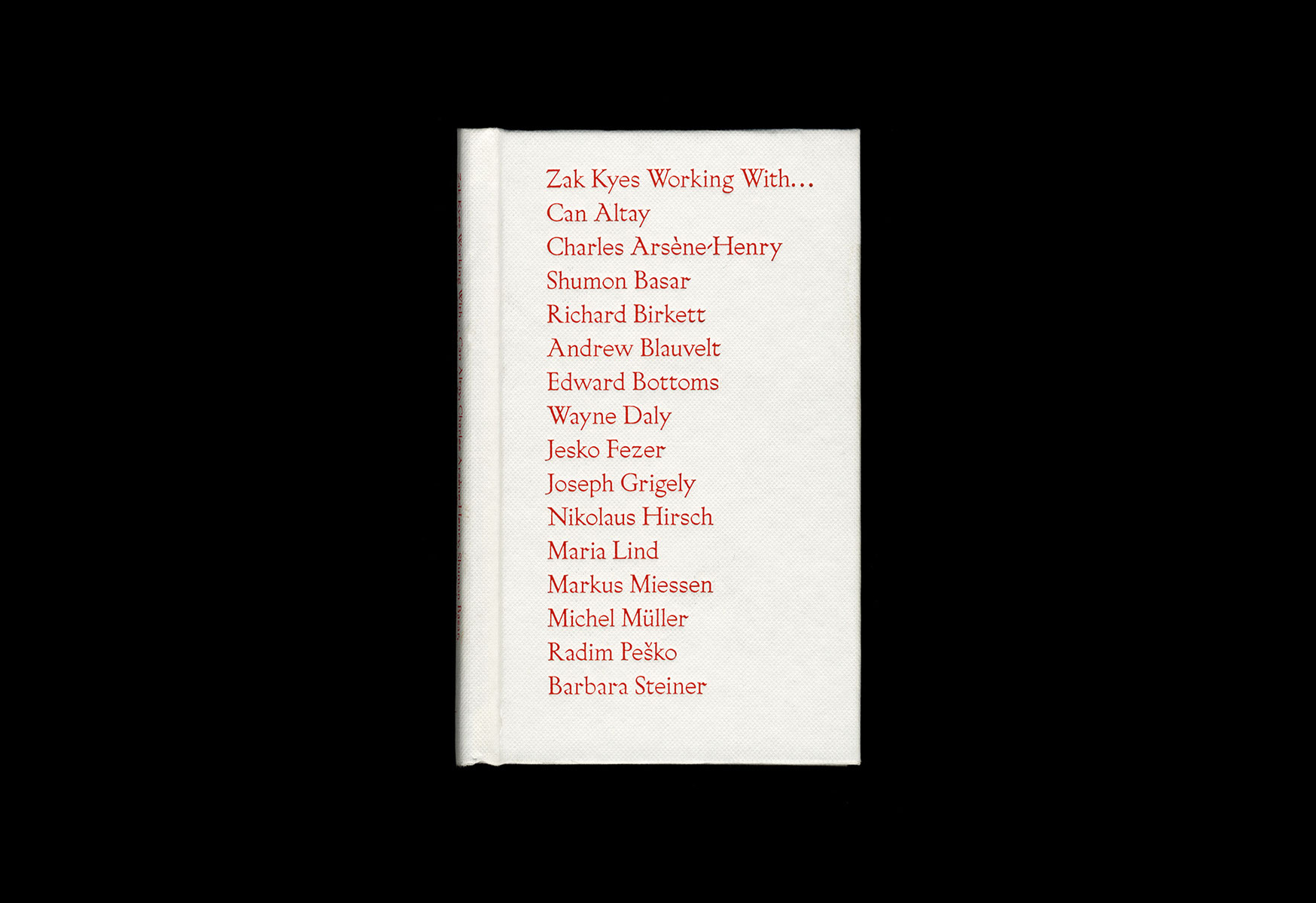
What’s the most important thing to get right in order to do your job properly?
Choosing the right jobs to work on, and knowing when to say ‘no’. It’s often hard, but I’ve walked away from potential commissions where it’s evident that it’s not going to work, for whatever reason – you learn to see the signs early on. You’ll be spending a lot of time working with the content and people involved, so you may as well be able to fully engage. It might seem noble and constructive to be in a state of endless conflict, and I know people who regularly put themselves in this position, but this is not really healthy. There’ll always be differences of opinion, but to be productive, there needs to be mutual trust.
More generally, keep asking questions and remain open.
Are you working the way you want to? What would you change?
I'm trying to fit more writing into my practice. I find writing, in this context, hard work, but it’s a helpful way to formalise ideas and feed back into my practice. I'm learning to make time for this.
